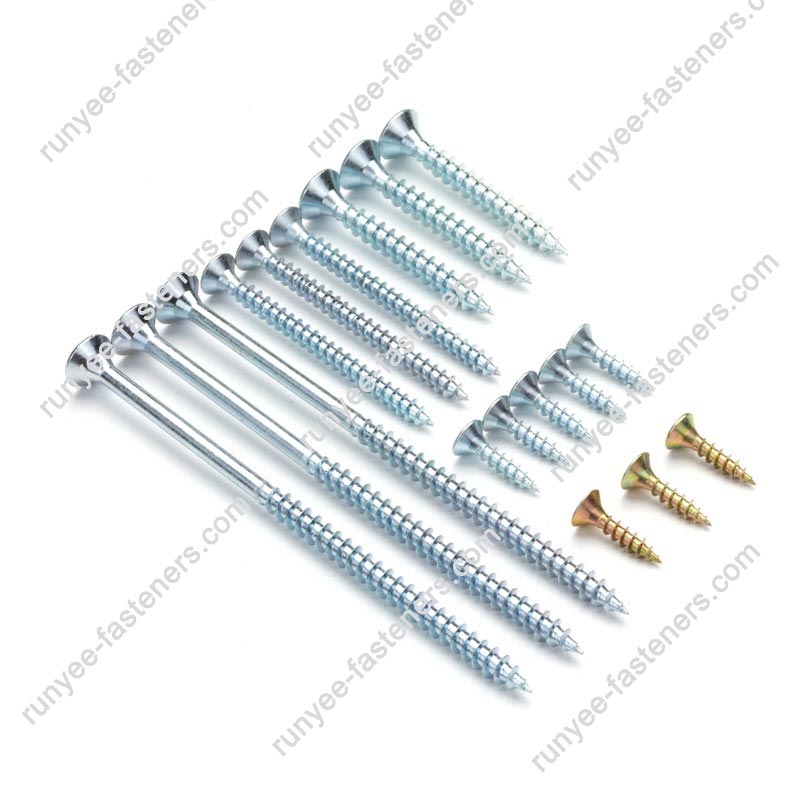Chipboard Screws – The Small Fasteners That Hold Big Projects Together
2025-06-11
When it comes to woodworking and furniture assembly, choosing the right type of screw is crucial for durability and performance. One of the most commonly used fasteners in these applications is the chipboard screw. Although small in size, these screws offer exceptional strength and reliability, making them a must-have for builders, carpenters, and DIY enthusiasts alike.

What Is a Chipboard Screw?
A chipboard screw is a specially designed fastener intended for use with chipboard, particle board, MDF, and other types of engineered wood. These screws are made with a thin shaft, sharp thread, and countersunk head to provide strong holding power without splitting the material.
Unlike regular wood screws, chipboard screws are optimized for use in dense and composite wood types, ensuring tight fastening and structural stability.
Key Features of Chipboard Screws
Deep Sharp Threads
Their deep, coarse threads grip soft materials tightly, preventing loosening or pull-out over time.
Self-Tapping Design
Most chipboard screws do not require pre-drilling, which speeds up installation and simplifies assembly.
Countersunk Head
The flat head design allows the screw to sit flush with or below the surface of the material for a clean finish.
Variety of Finishes
Chipboard screws come in yellow zinc, black oxide, or nickel finishes for corrosion resistance and appearance.
Common Applications
1. Furniture Assembly
Ideal for connecting panels, legs, and supports in flat-pack or modular furniture.
2. Cabinet Construction
Securely fastens chipboard or MDF panels in kitchen and office cabinetry.
3. Shelving and Storage Units
Provides strong and reliable joints in shelves and organizers.
4. Flooring Systems
Used to fix chipboard floorboards to joists in residential and commercial construction.
5. General Carpentry and DIY
A go-to fastener for quick repairs and wood-based home improvement projects.
Choosing the Right Chipboard Screw
When selecting chipboard screws, consider the following factors:
Length: Choose a length that penetrates at least two-thirds into the second material for a solid hold.
Diameter: Thicker screws offer more strength but may require pilot holes in hard materials.
Material: Opt for stainless steel or zinc-plated versions if the screws will be exposed to moisture.
Drive Type: Common options include Philips, Pozi, and Torx drives, with Torx offering better torque control.
Installation Tips
Use an electric screwdriver or drill for fast, consistent insertion.
If working with brittle or thin boards, consider drilling a small pilot hole to avoid splitting.
Don’t overtighten, as this can strip the material or reduce holding strength.
Final Thoughts
Chipboard screws may be small, but they play a big role in ensuring the integrity and longevity of furniture and wood structures. Their specialized design makes them the perfect fastening solution for engineered wood products, offering strength, ease of use, and professional results every time. Whether you're assembling a bookcase or installing kitchen cabinets, chipboard screws are the trusted choice of professionals and DIYers around the world.


